Unique TopologyEvery wire distorts a signal to some extent. Every meter is made up of 100 centimeters. Every centimeter is made up of 10 millimeters. Every millimeter distorts to some extent. The LessLoss DAC 2004 is designed to minimise every loss possible. The grounding and wiring technique used is much, much more than meets the eye. Extremely Compact DesignToday's mass-produced electronic parts such as resistors, inductors, and microchips are smaller than ever. Their small size allows for more compact designs. When constructing a piece of electronic equipment, usually a robot is used. In order to be able to build the equipment, the robot requires certain conditions in the design. Among these is the need for a flat surface area with plenty of room for manipulation. The movements of the robot are standardized. Robots Are Fast But Humans are SmarterBecause the goal of the LessLoss DAC 2004 is to aim for perfection in Digital to Analogue conversion, every effort is made to shorten the lengths of all crucial signal paths. Because there are so many crucial signal paths, the design is incredibly compact. The unit is assembled entirely by hand. We solder directly onto the legs of the integrated circuits. In some cases, we actually stack the components directly on to one another. In this way, we really do achieve the shortest possible signal lengths, which no robotic process can possibly achieve. Another perfection we offer over mass-produced gear is the fact that we do not use a mask on the circuitboard. The mask is a sheet of chemical material added to the top of a circuit board which is usually either green or red. Audiophiles tend to agree that the red composition results in a somewhat better sound than the green type. The reason the mask is brought onto the circuit board is that, when a robot is soldering, the speed and accuracy of this process both have mutual trade-offs and this can result in solder being squirted over areas which might make undesired contact (a short circuit, for example). To avoid this, the mask is used to keep all cases of such occurrences from resulting in production faults. We go all the way to the extreme and do not use the mask altogether. In doing so, when we solder by hand, we control the entire process and make sure that no unintentional shorting occurs. In this way, we avoid the undesireably dielectric effects of the mask altogether. What going to the extreme meansSeveral of the microchips used in the LessLoss DAC 2004 MkII have legs which are only 1.4 mm apart. We hand-solder these microchips in a very special way, placing parts directly onto them at the most crucial signal paths. This is extremely difficult to carry out successfully and Vil is the only person engaged in this delicate process. Much of the work done on the DAC 2004 MkII is a completely forgotten art these days. The beautiful sound of the DAC 2004 reflects this during every minute of play. The intricate work put into the hand made DAC 2004 is appreciated by all who listen. When we say shortest possible paths for all crucial signals, we really mean it, as this has a direct effect on the limit of quality attainable. Good Topology Is More Than Short Signal PathsBecause everything affects at least something else in audio equipment design, short signal paths are only half of the story. For the very top possible quality, some components must be elevated to avoid dielectric effects, and others must be hyper-shielded. All of these details together make very audible differences and it is the combination of all of this plus our extensive critical testing with both audio material and test signals which results in what was we consider the present state-of-the-art. |
- Products
- Power Cables
-
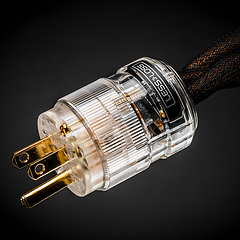 C-MARC™ Prime
The must have foundation for any sound system today.
From
$
486
C-MARC™ Prime
The must have foundation for any sound system today.
From
$
486
-
 C-MARC™ Classic
The unique super-cable power cord everyone's talking about.
From
$
1148
C-MARC™ Classic
The unique super-cable power cord everyone's talking about.
From
$
1148
-
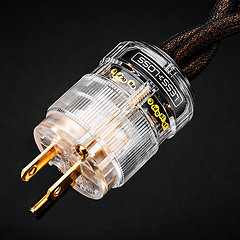 C-MARC™ Classic Entropic Process
The peerless, advanced Classic masterpiece.
From
$
1934
C-MARC™ Classic Entropic Process
The peerless, advanced Classic masterpiece.
From
$
1934
-
 C-MARC™ Stellar Entropic Process
The crown jewel for highest performance power connection.
From
$
2450
C-MARC™ Stellar Entropic Process
The crown jewel for highest performance power connection.
From
$
2450
-
- Loudspeaker Cables
- Interconnect Cables
-
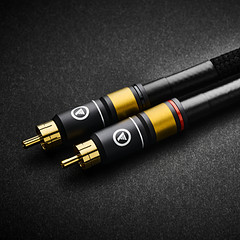 RCA C-MARC™
Cotton-clad true Litz • Whopping 2.3mm2 polarities
From
$
850
RCA C-MARC™
Cotton-clad true Litz • Whopping 2.3mm2 polarities
From
$
850
-
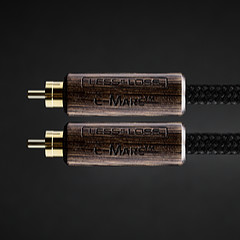 RCA C-MARC™ Entropic Process
Our finest RCA cable • Polished Wenge barrels
From
$
1428
RCA C-MARC™ Entropic Process
Our finest RCA cable • Polished Wenge barrels
From
$
1428
-
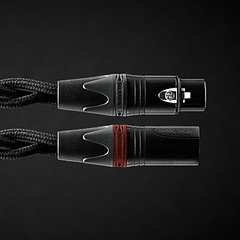 XLR C-MARC™
A hand-braided cotton-clad unique Litz construction
From
$
950
XLR C-MARC™
A hand-braided cotton-clad unique Litz construction
From
$
950
-
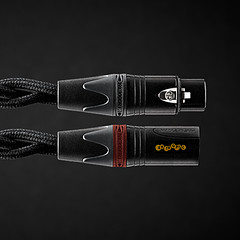 XLR C-MARC™ Entropic Process
Stratospheric performance for the audio connoisseur
From
$
1615
XLR C-MARC™ Entropic Process
Stratospheric performance for the audio connoisseur
From
$
1615
-
- Digital Cables
-
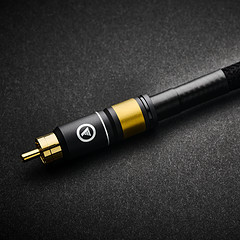 RCA Digital C-MARC™
Cotton-clad unique Litz design • Made only by LessLoss
From
$
510
RCA Digital C-MARC™
Cotton-clad unique Litz design • Made only by LessLoss
From
$
510
-
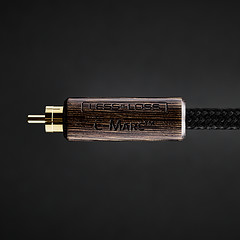 RCA Digital C-MARC™ Entropic Process
Possibly the most subtle digital cable on the planet
From
$
858
RCA Digital C-MARC™ Entropic Process
Possibly the most subtle digital cable on the planet
From
$
858
-
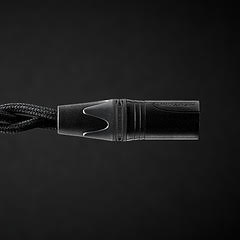 XLR Digital C-MARC™
Featuring a whopping 3 x 2.3mm2 Litz construction
From
$
570
XLR Digital C-MARC™
Featuring a whopping 3 x 2.3mm2 Litz construction
From
$
570
-
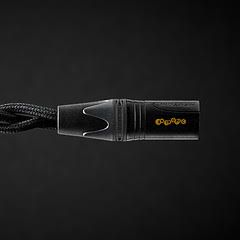 XLR Digital C-MARC™ Entropic Process
Stratospheric performance for the audio connoisseur
From
$
969
XLR Digital C-MARC™ Entropic Process
Stratospheric performance for the audio connoisseur
From
$
969
-
- Grounding Cables
- Bulk Wire and Cable
- Signal Conditioners
-
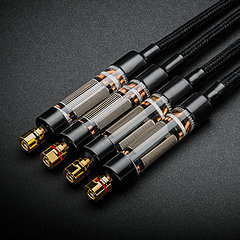 Firewall for Loudspeakers
Firewall for Loudspeakers
C-MARC™ Plug-and-Play Speaker signal conditioning like you've never imagined From $ 1656 -
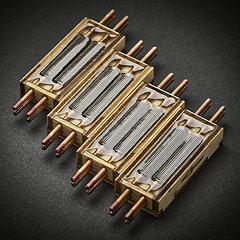 Firewall for Loudspeakers
Firewall for Loudspeakers
DIY version for Self-Installation For the Do-It-Yourself project enthusiast • Solder yourself From $ 800 -
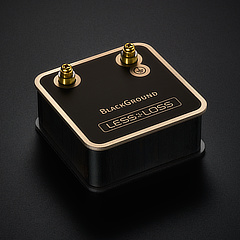 BlackGround DIY
Voltage-ground interface for a variety of applications
From
$
446
BlackGround DIY
Voltage-ground interface for a variety of applications
From
$
446
-
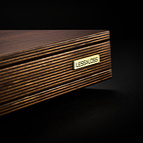 BlackGround 8x/10x Speaker Base
Plug-and-play loudspeaker signal conditioner
From
$
3096
BlackGround 8x/10x Speaker Base
Plug-and-play loudspeaker signal conditioner
From
$
3096
-
- Power Conditioners
-
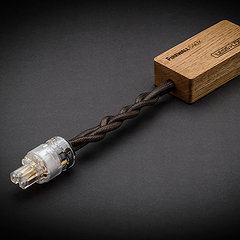 Firewall 640x
Plug-and-play solution for any powered gear
Firewall 640x
Plug-and-play solution for any powered gear
C-MARC™ Entropic Process and standard lead versions From $ 654 -
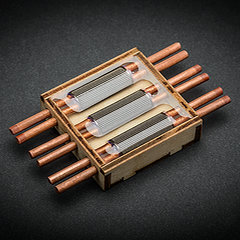 Firewall 640x DIY for Self-Installation
Self-solder and save!
From
$
320
Firewall 640x DIY for Self-Installation
Self-solder and save!
From
$
320
-
 BlackGround DIY
Voltage-ground interface for a variety of applications
From
$
446
BlackGround DIY
Voltage-ground interface for a variety of applications
From
$
446
-
 BlackGround 6x/10x Power Base
Plug-and-play power conditioner
From
$
2350
BlackGround 6x/10x Power Base
Plug-and-play power conditioner
From
$
2350
-
- Power Distributors
- Equipment Feet
- Field Conditioner
- DACs
- Power Cables
- Reviews
- This is definitely the cable to go for. It will almost literally blow your mind. – March 2012, Puresound Magazine
-
I was intrigued by the unanimously positive reviews garnered by these products ...
– by user Raymond Eye
Leaves you speechless
Sensational cables
BEST purchase I've made
Top notch performance
It's a steal
Musical... liquid... 3D
It's not subtle
More than an upgrade
Best I've heard so far
Stellar service
Sounds like a new system
Much more lifelike
Emotional flow
Overwhelming results
More dimensional
Sound is transformative
We were all astounded
Transformed my listening
Sounds so cohesive
Emotionally engaging
- Where to Start
- Free Newsletter
- Newsletter Archive
- B-Stock Alerts
- Shopping Tools
-
Shipping
- Free Shipping Learn about our international shipping policy
-
Return Options
Our satisfaction guarantee
and return policy -
Customs / Tax
UPS expedites local
customs clearance
-
Transaction
- Conditions of Sale Agreement for a smooth business transaction
- Privacy Policy We pledge to keep your information private
-
Terms of Use
Business policies
and agreements
-
Account
-
- Contact Us
-
Meet the Designers
-
- Care to share of your personal experience with our products? We'd be happy to post it!
- Want to learn more about our activities? Our Newsletter is both free and spam-free.
hi-res photos, brochures
logos, press releases, and
print-friendly PDF downloads. -
Contact Us
Connect with Us
-
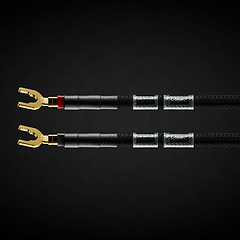
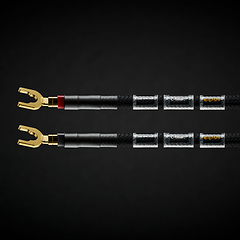
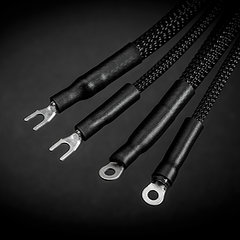
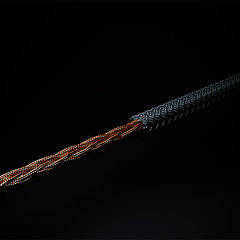
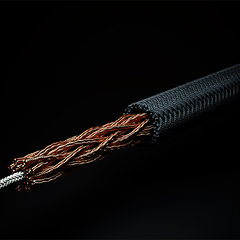
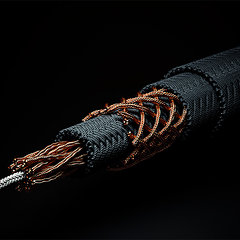
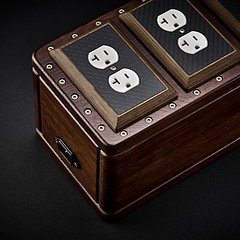
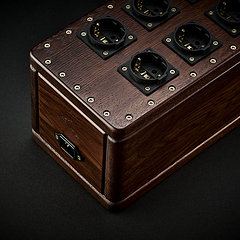

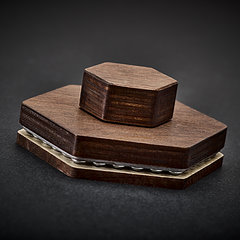
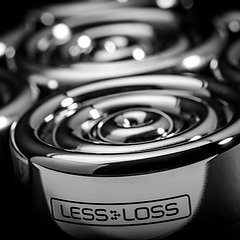
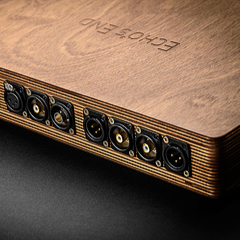
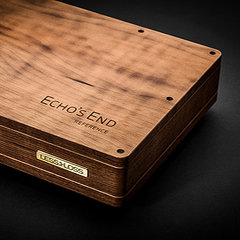
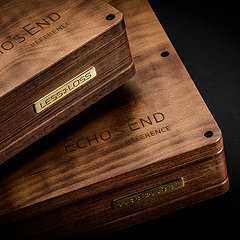
 Beware of Fakes
Beware of Fakes
